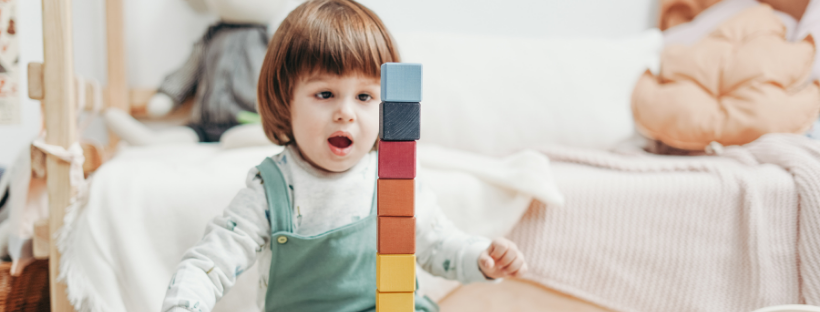Play is state of mind that one has when absorbed in an activity that provides enjoyment and a suspension of sense of time. And play is self-motivated so you want to do it again and again.

According to the National Institute for Play, play is crucial for early childhood development. Researchers have shown that play is a deep-rooted biological process that is crucial to early childhood development. The biology of play has evolved because play promotes learning and adaptability, and therefore also survival in the world. Children learn most effectively through play.
Children truly enjoy and love to play and play is actually the best thing you can offer children. Therefore, make sure to include slots that have time for free play in your weekly schedule.
Play gets better if the environment is optimal. First of all, playtime should be long enough so that children get to evolve their play without rushing. Quiet and calm play space gives more possibilities for their creativity to blossom. The play environment should also be inspiring with good toys or other materials. Play areas could be marked for example with shelves or carpets, so that one big room has several smaller play areas. It is a good idea to divide children into small groups so that 2-5 children are playing together in one play corner. Overall, the children should feel comfortable in the play space.
Personal interests guide children's play
According to National Institute for Play helping children pursue their interests through play is vital for their future and growth. Whatever skills children will need in their later life, play will help children understand how to learn, achieve things, and simply enjoy life Play teaches humans to do things they like!
Spend time observing and understanding children when they play. Mark down their interests and favorites. Try to see what engages the children and makes them happy. Making notes and taking photos of children's play is the first - and very important - step of the pedagogical documentation process.
What themes interest children?
.png)
.png)
.png)
.png)
.png)